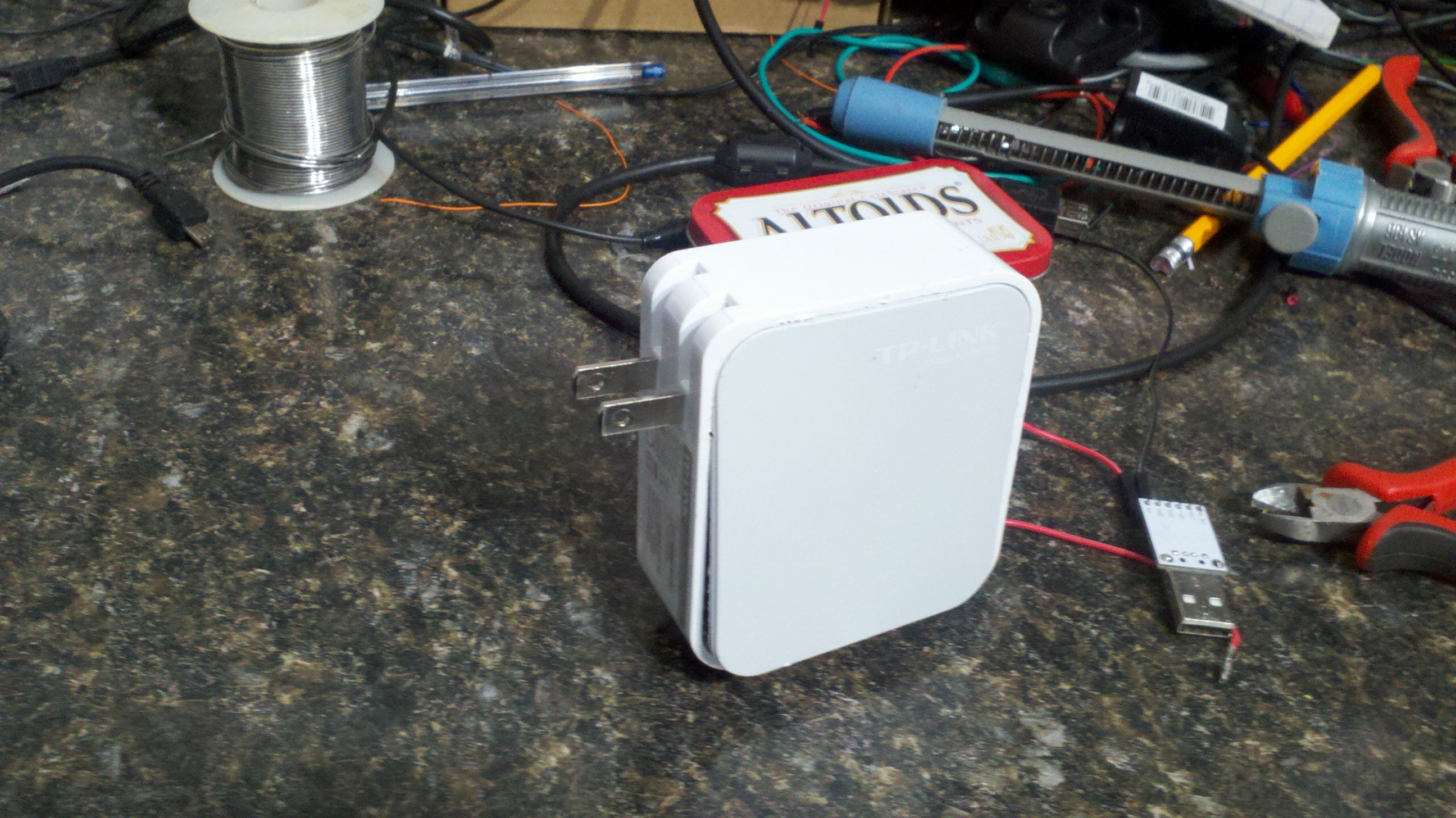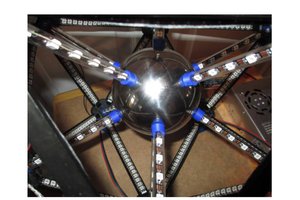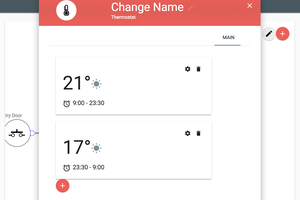A couple of warning notes. Cant stress this enough. You will be working with 110v AC that can kill you. Make sure you know what your doing. Make sure you relay is at least 15 amps. While I didnt include it in my project due to space issues You should install a fuse someone along the 110v path.
ESP8266 lamp/outlet control
A simple project using a esp8266-01 that will turn an outlet on and off.
With optional WEMO support for control with amazon alexa
 Gary
Gary

 cabrera.101
cabrera.101
 alex.miller
alex.miller
 Eloy
Eloy
 Daniel Sikar
Daniel Sikar